By Jim Mearns, Society Archivist
The success of the Society in surviving for 150 years surely provides some indication of the degree of interest Glaswegians have for their city’s past as well as demonstrating the tenacity of our members! We stand alongside the Philosophical and Geological Societies of Glasgow as survivors of a two hundred year old tradition of public clubs and learned societies in the city. Doubtless we had members in common with these societies due to our overlapping subjects; it would be interesting to know if we have any joint members today?
Our survival wasn’t guaranteed, of course, and an investigation of the minute books of the Society by Morag Cross has shown that the activities of GAS were in serious decline in the late 1860s. Few lectures had been held and excursions were rare. In February 1870 a suggestion was made that the Society become a Section of the Glasgow Philosophical Society, retaining its own officials and aims but being accommodated by the Philosophical Society. GAS members took three years to come to a decision but in the end declined the offer.
One of the problems facing the Society had related to finding a permanent venue for meetings. The minutes for this period show meetings were held in several venues including, the ‘Queen’s Rooms’; the Religious Institution Rooms, St George’s Place; ‘Kelvingrove Park Museum’; the Natural History Classroom of Glasgow University at Gilmorehill and the Corporation Galleries, Dalhousie Street. Quite a collection! Two men then took up significant roles as Secretaries of the Society – Mr Alexander Galloway and Mr James Dalrymple Duncan – and worked both to increase the Society’s membership – it grew substantially through the 1870s – and to find a more permanent home for meetings. They succeeded and in the 1880s the Society met on a more secure and regular basis in rooms at 207 Bath Street, the property of the Philosophical Society. This arrangement seems to have continued until 1960 when the rooms were sold and GAS meetings moved to the Botany Lecture Theatre at the University.
Our links with the University have indeed been strong over the years, not least because of the provision of lecture theatres for our meetings. Many academics and other senior members of the University have been active members of the Society. The University also assisted the Society during its Centenary celebrations in 1956-7 by hosting a week long series of lectures. It even opened the refectory to visitors for morning coffee breaks.
On 12 December 1956 the Society began its Centenary year celebrations with a dinner at Burlington House, 183 Bath Street. Records show that the next major event was a week long series of lectures and excursions from 4-9 August 1957. Three receptions were held, one in the Kelvingrove Art Gallery, one in the City Chambers and one in the College Rooms at the University. The celebrations coincided with the launch of a new Archaeological Gallery at Kelvingrove on 1 August 1957. A service of thanksgiving was held at Glasgow Cathedral, followed, not surprisingly, by a tour of the building led by Mr S R Skilling.
Some of the events of the week caught the interest of the local press. The Glasgow Herald ran a number of articles and its correspondent felt the need to explain to readers something of the flavour of archaeological activities.
After a lecture on the Pre-Roman populations of Scotland, and in particular Clydesdale, by Mr RBK Stevenson, then Keeper of the National Museum of Antiquities in Edinburgh, members went on an excursion to Iron Age sites near Glasgow and this included a visit to the Meikle Reive. The correspondent noted:
“Elderly ladies and gentlemen, suitably clad for rough, wet, walking set out as gaily as their juniors on the pilgrimage. The only difference between them and their predecessors a century ago seems to be, as Mr Stevenson recalled, that where founder members “dined” at the end of the day, in 1957 they have high tea.”
In another report, presumably by the same correspondent, the nature of archaeological excursions – this time to Croy Hill – was again commented upon:
“Members and guests of the Society – school teachers, housewives, civil servants on holiday, museum curators and a school inspector as well as a sprinkling of archaeologists; one or two of whose faces would be familiar to television – trudged happily over the dips and humps in the ground that marked the fort. One or two lost count of the gateways and lines of defence but refused to let confusion mar their enjoyment. A visitor from the South wandered off to inspect and admire a couple of Highland Cattle grazing in a Roman ditch. Apparently disembodied heads bobbed about in the post-Roman bracken. The business of archaeological research and centenary celebrations was treated with a merciful lack of solemnity.”
It seems like a very familiar picture to anyone who has attended our excursions in recent years.




